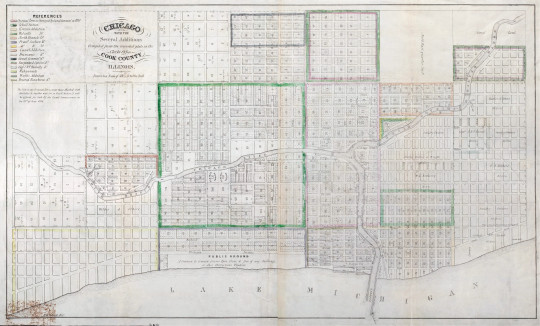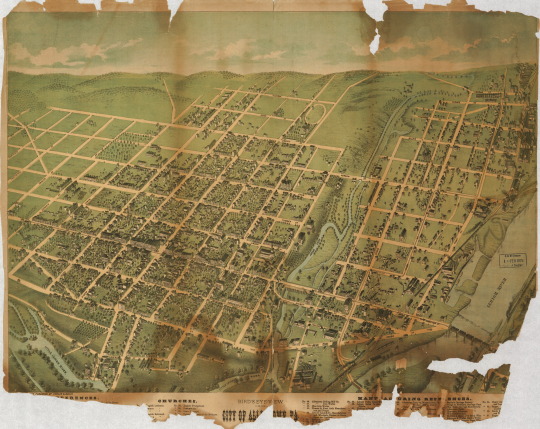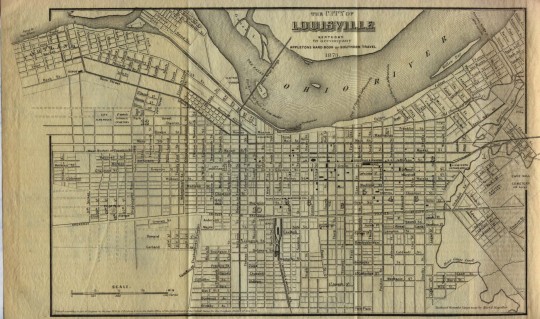And, as I've mentioned elsewhere you can pretty much draw a straight line from Nietzsche's "There are no truths, only interpretations" through Derrida and the deconstructionists to the normalization of making shit up by postmodernist folks in the social sciences to today.
From Fortune:
The Ugly Unethical Underside of Silicon Valley
As the list of startup scandals grows, it’s time to ask whether entrepreneurs are taking “fake it till you make it” too far.
Vinod Khosla did not show up at TechCrunch Disrupt to be harangued by some smartass, know-nothing journalist. The venture capitalist came to talk about disruption and revolutions to an audience of 1,000 potential disrupters and revolutionaries, laptop glow illuminating their faces in a San Francisco warehouse.
But of course the journalist had to bring up Hampton Creek, the vegan-food company that had fashioned itself—and more important, valued itself—like a tech company. Khosla, a legend in Silicon Valley, was a Hampton Creek investor, alongside Peter Thiel’s Founders Fund and Salesforce CRM -0.44% CEO Marc Benioff. Despite media reports of shoddy science at the company on things like shelf-life testing, and an FDA battle over misleading labeling, Khosla declared Hampton Creek was “doing awesome.”
“Debatable,” the journalist, TechCrunch’s Jonathan Shieber, needled before beginning his next question.
Khosla cut him off with a “talk to the hand” motion and turned to the audience with a wide, this guy amirite? grin. “Here’s a journalist,” he said, “who doesn’t know what’s going on, has an opinion, just like he does, to make interesting stories.” He turned back to Shieber: “I know a lot more about how they’re doing, excuse me, than you do.”
This was in September 2015. And what Khosla didn’t know was that Hampton Creek’s employees and contractors had been covertly buying its jars of eggless mayo from grocery stores for more than a year, allegedly as a way to make the product appear more popular to its retail partners. It would be another year before Bloomberg Businessweek revealed the scheme, in an article featuring an animated GIF of founder Josh Tetrick’s face covered in squirts of mayonnaise. (Hampton Creek has denied wrongdoing, describing the buybacks as quality-control testing. Khosla declined to comment.)
RULE
BREAKER: Parker Conrad’s startup Zenefits admitted violating state
insurance rules. He’s now starting a new, similar company.
Photo: Jim Willson—The New York Times/Redux
The startup community has a set response to this kind of news, and it sounds a lot like Khosla’s sniping. Blindly defend; it’s us against them. After the Wall Street Journal first exposed problems at blood-testing startup Theranos in 2015, for example, venture investors like Greylock’s Josh Elman and Y Combinator’s Sam Altman tweeted defenses against the one-sided “slam piece.”Yuck.
But as scandals have piled up—and other negative stories have proved to be true—the defensive strategy hasn’t aged well. While some investors are standing by their tainted companies, others are taking pains to distance the bad actors from the rest of the startup pack. Theranos, which has since voided two years of its test results and faces a criminal investigation, is now described as an exception. Just one bad apple. (“Theranos doesn’t represent us, we are better,” a group of startup founders sang in the annual holiday video created by VC firm First Round Capital.) Likewise Zenefits, the human resources startup that admitted its employees had cheated on mandatory compliance training: a freak occurrence. #NotAllStartups.
Lending Club’s loan doctoring? That’s not what startups are about. Same for WrkRiot, the startup that abruptly shut down after an employee accused it of forging wire-transfer documents. Or Skully, the failed maker of smart motorcycle helmets, being sued for “fraudulent bookkeeping.” Or ScoreBig, the struggling ticketing site being sued by brokers. Or Rothenberg Ventures, the firm under investigation after using investors’ money to finance founder Mike Rothenberg’s side startup. (The firm says it informed investors.) Or Faraday Future and Hyperloop One, ambitious, well-funded companies now tainted by lawsuits and accusations of, respectively, overhype and of mismanagement. (Faraday has not commented on its suits; Hyperloop denies the accusation and had settled its suit.) Or any of the dozens of smaller shady accounting shortcuts, growth hacks gone awry, and other implosions too minor to make headlines....MUCH MORE
For a little palate cleanser let's head south about 350 miles: "Money, Murder and Sadomasochism: A Look At the L.A. Tech Scene".
















